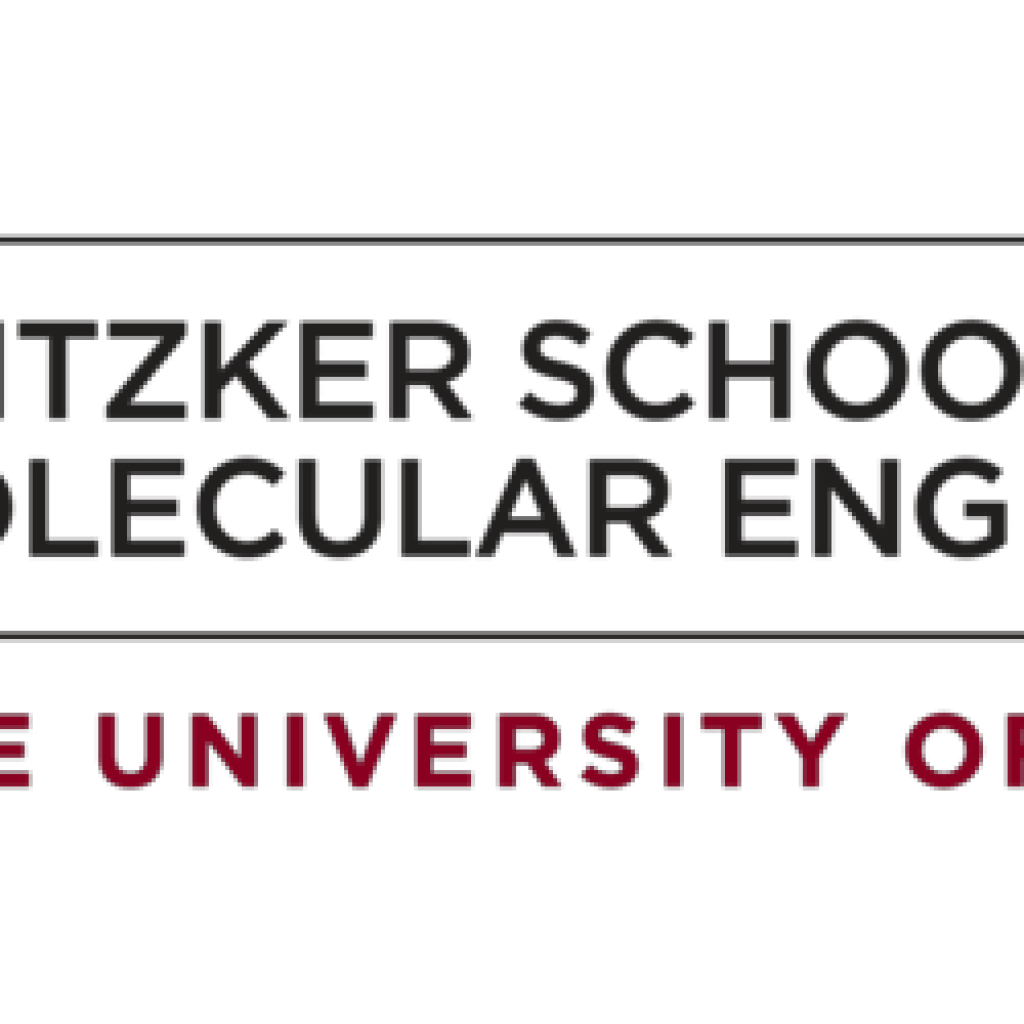(EurekaAlert) Researchers at the University of Chicago’s Pritzker School of Molecular Engineering (PME) are developing some of the world’s most advanced next-generation quantum sensors that will unlock new doors in biological and medical research. IQT-News summarizes quantum technology taking aim at neurodegenerative disease.
Peter Maurer, assistant professor of molecular engineering, is building sensors from diamonds and powered by quantum physics, Maurer’s nanosensors will be able to measure magnetic and electric fields, time, temperature, and pressure inside a living cell. And while his research is still in an early phase, it has far-reaching potential in medicine and beyond.
Quantum sensors can perform measurements of biological processes that are not accessible by current technologies or detect diseases before they manifest clinically. This technology has the potential to expand biophysics and molecular biology research,” Maurer said. “It will help us understand processes that we cannot see with conventional methods. Then, when it is adapted in the clinical setting, you will see new, incredibly effective screening processes for diseases—tests for diseases that we cannot currently test for.”
One application Maurer has pursued since his postdoctoral years is the study of temperature in cells. Quantum systems are extremely sensitive to temperature changes. Quantum computers, for example, need to be stored at near absolute zero to function, requiring refrigerators the size of a person. That sensitivity, a hindrance in quantum computing, can provide highly detailed information when applied to sensing.
Working from that understanding, Maurer has developed sensors that are small enough to be inserted into living biology. To do this, he uses lab-grown diamonds designed with a specific flaw in their center: what’s called a nitrogen-vacancy (NV) center. This flaw, because of its structure, has a quantum property called spin. Researchers can use electromagnetic radiation to change the spin inside of the diamond, like moving a compass needle with a magnet. Pairing that with other tools, researchers can sense various forces, such as magnetic and electrical fields, pressure, and temperature.
Maurer is working with David Pincus, assistant professor in the Department of Molecular Genetics and Cell Biology at the University of Chicago, as part of the National Science Foundation’s Quantum Leap Challenge Institute for Quantum Sensing for Biophysics and Bioengineering (QuBBE). Together, they’re investigating heat shock response, which is the body’s mechanism for sifting out misfolded proteins. Their research could potentially unlock new methods for addressing protein misfolding and lead to new tests or treatments for neurodegenerative disease.
The advantage of Maurer’s approach is that he can “feed” one of these nanosensors to a living cell through a process called endocytosis. Once inside the cell, Maurer’s sensor can monitor temperature without disrupting the cell’s normal functions, warm parts, and measure the response. “Quantum sensors are particularly appealing because they allow us to probe molecular and biological processes that we wouldn’t be able to access with conventional technologies,” Maurer said. “
Sandra K. Helsel, Ph.D. has been researching and reporting on frontier technologies since 1990. She has her Ph.D. from the University of Arizona.
